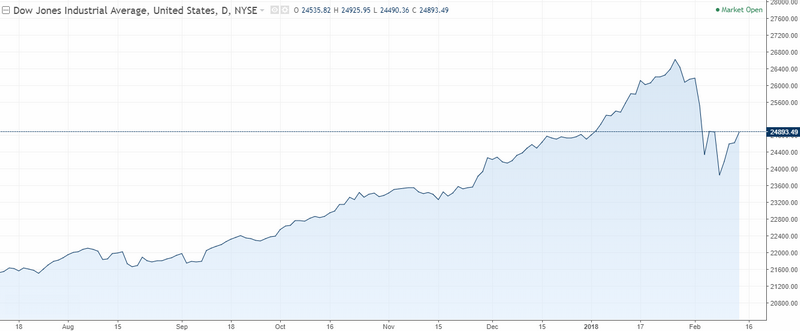
Trump’s tax reform. Prospects. Anton Hanzenko.
After many problems Trump’s long-suffering tax reform was approved by the US Congress on December 20, 2017. This bill has become the largest adopted US reform in the last 30 years. So, at the beginning of 2018, tax reform in the US came into force.
The main provision of the Trump tax bill was the revised income tax for legal entities from 35% to 21%. Also, the tax on the return of income from activities abroad was revised.
But, the main blow from the adoption of the new bill received Obamacare health care reform, which was actually abolished. Obamacare was adopted by Barack Obama and in fact was considered as his legacy. The repeal of this law more fully confirms the influence of the Republican Party in the United States and declares the political power of the Trump administration, in which one began to doubt the beginning of the term of Donald Trump. In turn, with the cancellation of Obamacare, 13 million Americans can refuse compulsory health insurance, which ultimately can lead to an increase in the price of medical insurance on average to 10% per year. Also, a tax cut from 35% to 21% implies greater investment in pension funds, who have them.
In addition to the abolition of Obamacare, which will encourage the insurance and pharmaceutical companies of the United States, the tax reform has revised the tax on the return of income to the country from activities abroad, for cash 15.5% and for non-cash up to 8% from 35%. This confirms Trump’s main thesis about the return of production in the United States. And, as a result, the growth in yields of the US stock indices, which was observed at the beginning of the year.
Lowering the tax in the US will increase the savings and re-purchase of assets, which was also observed and confirmed the market expectations for strengthening the US economy.
The reverse side of the US tax reform is the growth of the US public debt by 1.2 trillion US dollars for ten years, which at the end of 2017 was 20.5 trillion dollars.
Basically, the US tax reform is designed to strengthen the positions of both American and foreign shares through the release of assets that went to taxes. Moreover, the reform is based on its success in the growth of the US economy, which at the moment remains at a very high level and is limited to a very low unemployment rate of 4.1% and a high growth rate of the US GDP of 2.6%.
Despite the very positive impact of Trump’s tax reform on stock indices, the US dollar will remain under pressure, as in addition to tax reform, Trump’s election company also implied an increase in spending on infrastructure projects. What also causes an increase in the US budget deficit. According to the budget for 2019, the deficit could grow to 1 trillion dollars due to infrastructure costs and tax cuts.
Therefore, tax reform and Trump policy is aimed at returning business to the States. This economic course implies the development of business, which will have a very positive impact on the stock exchanges, not only in the US. To implement these plans and stable economic growth, strong positions of the US currency are not desirable.
Anton Hanzenko
